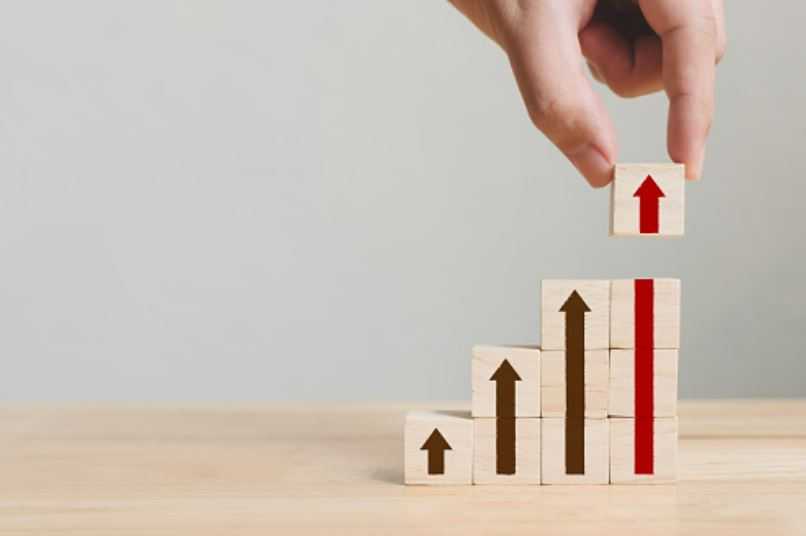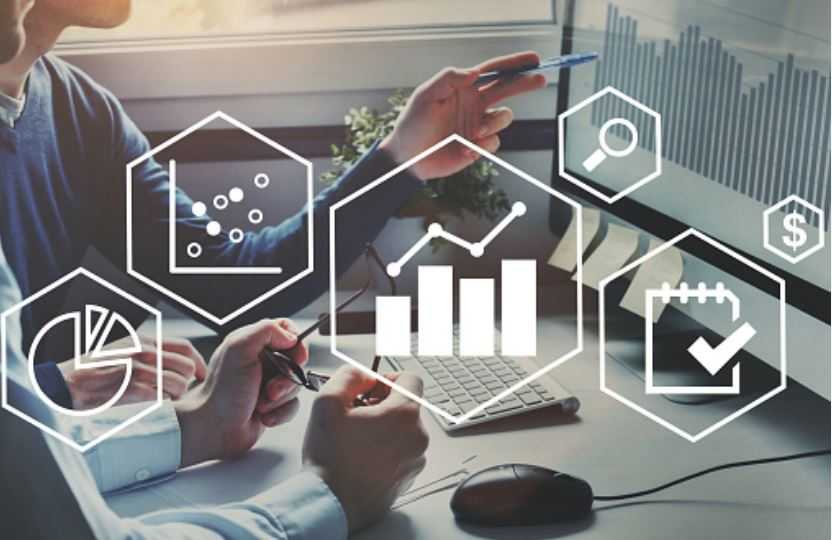What Is B2B Sales And Process?

Business-to-business (B2B) sales are defined as a sales model in which one company sells products or services to other companies.
B2C sales, or business-to-consumer sales, are when a company sells products or services to customers.
B2B sales are complicated, large, and require a team of people to work in various roles over the course of a longer sales cycle.
Instead of a single transaction, B2B sales frequently take place over several weeks through various discussions.
.png)
Types of marketing
Inbound marketing is a type of marketing that attracts customers
Inbound Marketing
Inbound marketing aims to attract potential customers by providing relevant and useful content and adding value at every stage of the purchasing process.
Despite this, it is still an effective B2B marketing strategy that digital marketers use on a daily basis.
Potential customers can now find you on your company blog, other blogs, search engines, and social media, among other places.
Outbound marketing
Outbound marketing is the polar opposite of inbound marketing, in which customers seek you out when they are in need of your services.
SEO, Content marketing, opt-in email, blogging, and marketing are all examples of inbound marketing. Furthermore, paid search advertising is classified as inbound marketing because your ads only appear when people are looking for the products or services you provide.
Despite the fact that outbound marketing is more difficult to track and less profitable than inbound marketing, organizations still spend up to 90% of their marketing budgets on it.
What is the significance of a B2B sales process?
More sales and revenue result directly from optimizing your B2B sales process. Consider this: the better you get at presenting your product and engaging potential clients, the more deals you'll close, resulting in increased sales and profits.
While a B2B sales process should be repeatable for maximum success, no two customers or sales processes are the same.
Stop trying every trick in the often-outdated book to get a sale with a shotgun spray approach. You can create a profitable B2B sales process with some practice and distillation.
7-Step Business-to-Business Sales Process
Stage #1: Prospecting
The list, an important item was the only active prospecting source for any good salesperson who knows his onions, and it was normally purchased. Fortunately, thanks to social media, each salesperson can now create his or her own list of prospects.
Outbound Sales techniques can be used by a salesperson to prospect via social media directly for professionals, and further engage their customers through personalized e-mail scenarios.
Inbound Marketing also allows interested prospects to discover products/services on their own through content, allowing for passive prospecting. This indicates that the prospect will make his own efforts to contact the salesperson.
Stage #2: Pre-Approach
The pre-approach is an important part of the B2B sales cycle because it is when the salesperson gathers information about his prospect.
Previously, this work was done solely on the basis of information about the company gleaned from one's surroundings, such as one's network.
In the age of social selling, it's less uncommon for a salesperson to communicate with a prospect via social media and to juggle the stages by anticipating his questions.
Without going into the tools for data consolidation, which can provide information on a prospect's role, his company's revenue, and so on, from a simple e-mail.
.jpg)
Stage #3: Approach
Before the internet, the only way to contact a potential customer was to go door-to-door or make a cold call. It is possible to automatically determine a prospect's interest and focus on those with the most potential thanks to Marketing and Sales Automation tools, as well as cold calling.
This approach, incidentally, is almost entirely the responsibility of the Sales Development Representative, who performs the gauging before passing it on to an Account Executive.
Stage #4: Presentation
This method was very effective in ensuring that the salespeople's speech was consistent. To avoid salespeople having to travel, it is now preferable to communicate via a personalized online demonstration.
Stage #5: Overcoming of Objections
At this point, a salesperson from the twentieth century would have done everything possible to overcome his prospect's objections with the sole purpose of persuading each one to buy his product and close the sale.
However, we now recognize the importance of taking a client-centric approach and ensuring that the product/service meets the needs of the prospective customer.
Lead nurturing is increasingly being used to mature a prospect before moving on to the sales stage.

Stage #6: Closing
While a simple sale may seem appealing in the short term, it does not win the client's loyalty or ensures a virtuous B2B sales cycle.
Even if the client has the impression of being accompanied through the sale, particularly as a result of the recommendations, a sale will ultimately fetch more.
Stage #7: After-Sales Follow-Up
The after-sales follow-up, an often-overlooked stage of the B2B sales cycle, cannot be limited to the sending of a letter/flyer and a few gifts (even if this reinforces the connection with your client).
The Customer Success position, which is responsible for following up with clients, is becoming increasingly important in terms of retaining clients, following up with them, and obtaining valuable recommendations from their networks.
Author Bio
The Editorial staff includes content researchers from various areas of knowledge. They add a plethora of expertise to the Hubslides Editorial team. They constantly and frequently oversee, produce and evaluate contents that are most ideal to aid impacting knowledge to readers.
Article Comments
No Comments!
At present there are zero comments on this article.
Why not be the first to make a comment?
Similar Articles
Sponsor
Search Articles
Experts Column
Latest Articles
Featured Articles
Most Popular Articles












